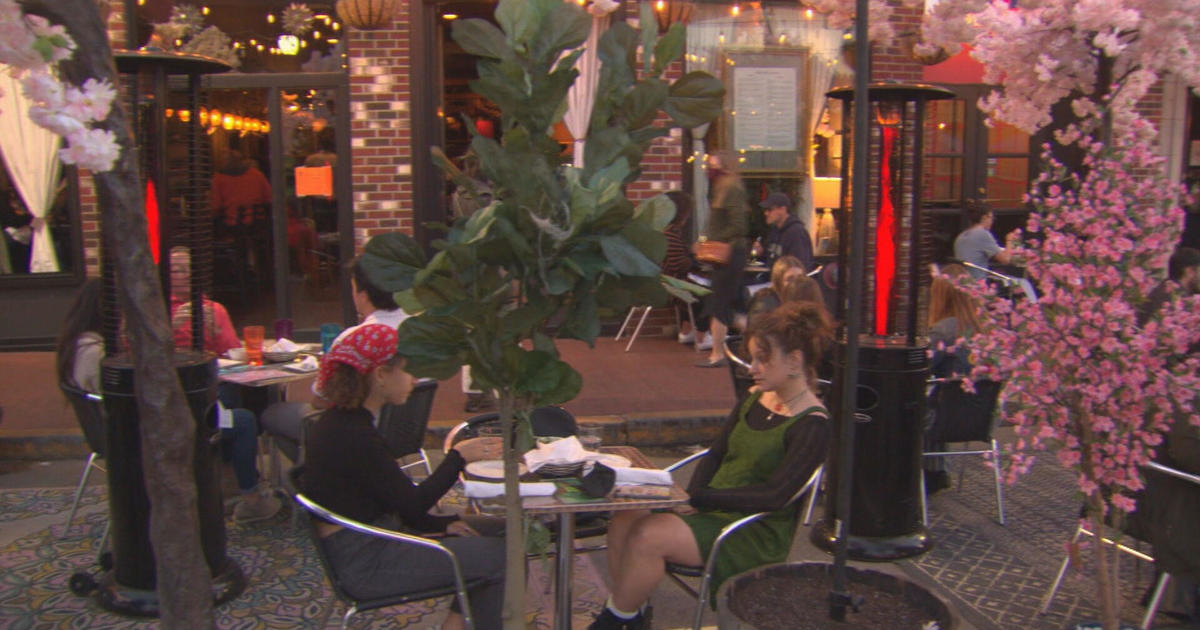Eye On Weather: Photographer Captures Intricate Beauty Of Individual Snowflakes
BOSTON (CBS) - While the word "snow" may stir up the images of cars buried, abandoned streets, or stranded drivers, there is something magical.
Read: Eye On Weather Special Reports
If you look really, really, really close at that single snowflake, there is an intricate beauty that only few parts of the world ever see.
How does one capture this beauty?
"All this is is a piece of plywood. with a piece of felt on it. So up on the mountain, they would hold this board out, and snow would hit it. Either snow falling from the sky, or snow blowing off of the summit. By looking at the snowflakes, you could see if they were intact, which means they fell from the sky. Or if they were broken apart which means it was blowing snow," professional photographer Tom Guilmette told WBZ-TV.
Guilmette teamed up with the folks at Mount Washington last winter to do a distance education program. The goal for him was to capture the snowflake designs.
There are 8 general snowflake categories, the more familiar one being the columns and needles, and dendrites.
All snowflakes fall into one of 35 different shapes. The weather conditions determine which type you see, and how much accumulation a place receives.
"This right here I'm told is a plate. This one here has six sides. At the time it was just below freezing, it was about 32 degrees. This type of snowflake falls when it's right around zero, Celsius or 32 degrees Fahrenheit," says Guilmette.
"Here's an example of a broken flake that, a plate, that uh, blown off maybe some of the rocks on the summit and hit the snow board."
Another snowflake he captured, was a column that happened to have caps. Tom captured the images with a macro-lens, and a light source all around the snowflake, with the focus barrel as the zoom.
"If I went another day when the weather was different, I might end up with the traditional, amazing, multi-point star that you'd expect to see," says Guilmette.
Tom will be going back to the Mount Washington summit in a couple of weeks to take more photos. And he might see those more traditional snowflake shapes. The weather has to be a tad colder than his last trip with temperatures between 27 and 30 degrees Fahrenheit.
Join the WBZ-TV Weather Watcher Network. Apply here.




